Can You Get Autofocus On Digital Cameras ?
Yes, most digital cameras have autofocus capabilities.
1、 Phase Detection Autofocus (PDAF)
Yes, you can get autofocus on digital cameras. In fact, autofocus is a standard feature on most digital cameras available today. There are different types of autofocus systems used in digital cameras, with one of the most common being Phase Detection Autofocus (PDAF).
PDAF is a technology that uses dedicated autofocus sensors to quickly and accurately determine the distance to the subject and adjust the focus accordingly. It has been widely used in DSLR cameras for many years and is now also found in mirrorless cameras and even some high-end compact cameras.
PDAF offers several advantages over other autofocus systems. It is generally faster and more accurate, especially in situations with moving subjects or in low-light conditions. This makes it particularly useful for sports, wildlife, and action photography where quick and precise focusing is crucial.
In recent years, there have been advancements in PDAF technology, with improvements in speed, accuracy, and coverage. Some cameras now feature hybrid autofocus systems that combine PDAF with contrast-detection autofocus (CDAF) for even better performance. These hybrid systems utilize the strengths of both technologies to provide faster and more accurate autofocus in a wider range of shooting situations.
It's worth noting that while PDAF is a highly effective autofocus technology, it may not be available on all digital cameras. Entry-level or budget-friendly cameras may use simpler autofocus systems, such as contrast-detection autofocus, which can still deliver good results but may not be as fast or accurate as PDAF.
Overall, autofocus technology has come a long way in digital cameras, and PDAF remains a key feature that greatly enhances the shooting experience for photographers of all levels.
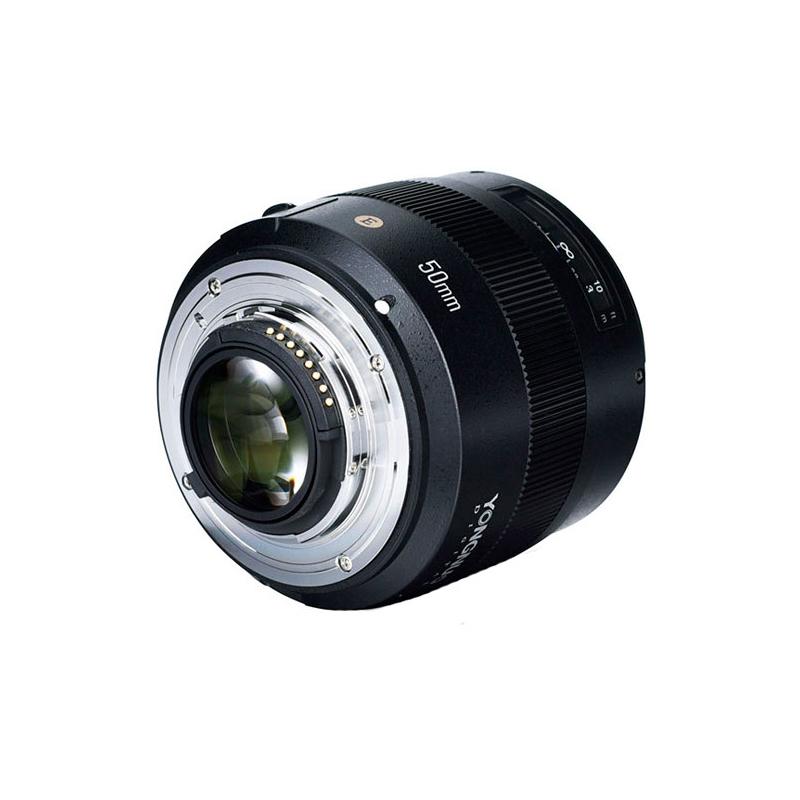
2、 Contrast Detection Autofocus (CDAF)
Yes, you can get autofocus on digital cameras. One of the most common autofocus systems used in digital cameras is Contrast Detection Autofocus (CDAF). CDAF works by analyzing the contrast of the image to determine the focus point. It does this by continuously adjusting the focus until it finds the point of maximum contrast, indicating that the subject is in focus.
CDAF has been widely used in digital cameras for many years and has proven to be quite effective in most situations. However, it does have some limitations. One of the main drawbacks of CDAF is its relatively slower speed compared to other autofocus systems, such as Phase Detection Autofocus (PDAF). This can be particularly noticeable when shooting fast-moving subjects or in low-light conditions.
In recent years, camera manufacturers have been working on improving autofocus performance by combining CDAF with other technologies. For example, some cameras now feature a hybrid autofocus system that combines both CDAF and PDAF. This hybrid system utilizes the speed of PDAF for initial focus acquisition and then switches to CDAF for fine-tuning the focus. This combination allows for faster and more accurate autofocus performance.
Additionally, advancements in camera sensor technology have also contributed to improved autofocus capabilities. For instance, some cameras now feature on-sensor phase detection pixels, which further enhance autofocus speed and accuracy.
In conclusion, autofocus is a standard feature in digital cameras, and Contrast Detection Autofocus (CDAF) is one of the commonly used autofocus systems. While CDAF has its limitations, camera manufacturers are continuously working on improving autofocus performance through the integration of hybrid autofocus systems and advancements in sensor technology.
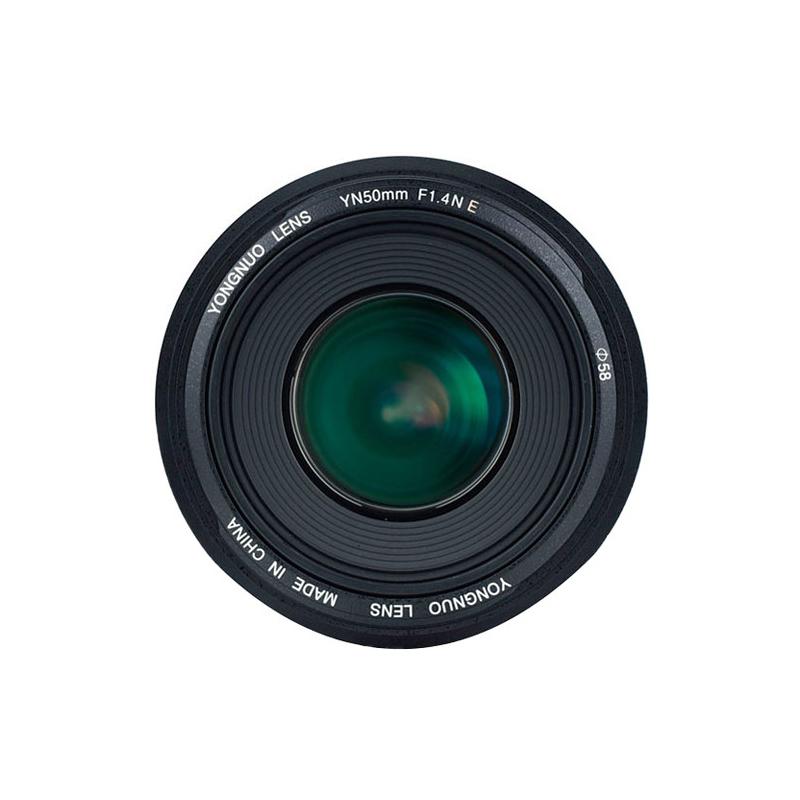
3、 Hybrid Autofocus Systems
Yes, you can get autofocus on digital cameras. In fact, autofocus has become a standard feature on most digital cameras, ranging from entry-level point-and-shoot cameras to high-end professional DSLRs. Autofocus allows the camera to automatically focus on the subject, ensuring that it appears sharp and clear in the final image.
Over the years, autofocus technology has evolved and improved significantly. One of the latest advancements in autofocus systems is the introduction of Hybrid Autofocus Systems. These systems combine both phase detection and contrast detection autofocus methods to provide faster and more accurate focusing.
Phase detection autofocus (PDAF) has traditionally been used in DSLRs and is known for its speed and accuracy. Contrast detection autofocus (CDAF), on the other hand, is commonly found in mirrorless cameras and is known for its precision in focusing on fine details. Hybrid autofocus systems utilize the strengths of both methods to deliver superior autofocus performance.
The latest hybrid autofocus systems employ advanced algorithms and sensor technologies to analyze the scene and quickly determine the optimal focus point. They can track moving subjects, detect faces, and even focus in low-light conditions. These systems have greatly improved autofocus speed and accuracy, making them ideal for capturing fast-moving subjects or shooting in challenging environments.
It's worth noting that different camera manufacturers may have their own proprietary autofocus systems, each with its own strengths and features. Therefore, it's important to research and compare the autofocus capabilities of different camera models before making a purchase.
In conclusion, autofocus is a standard feature on digital cameras, and the latest advancements in autofocus technology have led to the development of hybrid autofocus systems. These systems combine the speed of phase detection autofocus with the precision of contrast detection autofocus, resulting in faster and more accurate focusing capabilities.
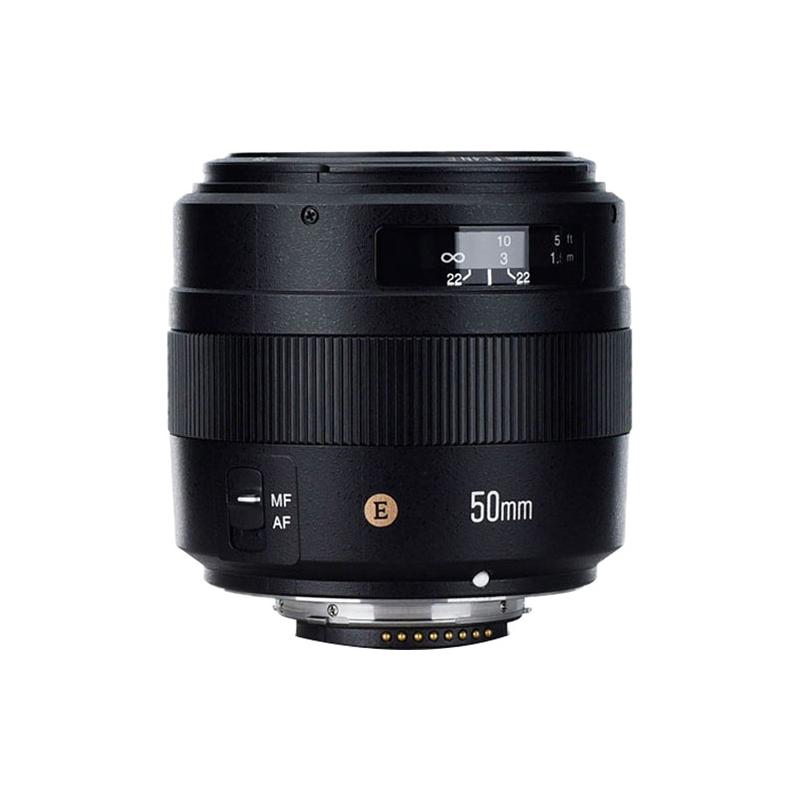
4、 Continuous Autofocus (AF-C)
Yes, you can get autofocus on digital cameras. Autofocus is a feature that allows the camera to automatically focus on the subject, ensuring that it appears sharp and clear in the final image. It is a standard feature in most digital cameras, including both point-and-shoot cameras and professional DSLRs.
Autofocus technology has come a long way since its introduction. Initially, autofocus systems were relatively slow and inaccurate, but advancements in technology have greatly improved their performance. Today, most digital cameras offer various autofocus modes, including Continuous Autofocus (AF-C), which is particularly useful for capturing moving subjects.
Continuous Autofocus (AF-C) is a feature that allows the camera to continuously adjust focus as the subject moves. This is especially important for sports, wildlife, and other fast-paced photography where the subject is constantly changing position. AF-C uses predictive algorithms to track the subject and maintain focus, ensuring that it remains sharp throughout the shooting process.
In recent years, there have been significant advancements in autofocus technology. Many cameras now incorporate advanced autofocus systems with numerous focus points, allowing for precise and accurate focusing. Some cameras even utilize artificial intelligence and machine learning algorithms to enhance autofocus performance, recognizing and tracking subjects more effectively.
It's worth noting that autofocus performance can vary between different camera models and brands. High-end professional cameras often offer more advanced autofocus systems with better tracking capabilities, while entry-level cameras may have simpler autofocus systems. Therefore, it's important to consider the specific autofocus capabilities of a camera before making a purchase.
Overall, autofocus technology has greatly improved in digital cameras, and Continuous Autofocus (AF-C) is a valuable feature for capturing moving subjects. With the latest advancements in autofocus technology, photographers can rely on their digital cameras to deliver fast and accurate autofocus performance in a wide range of shooting situations.
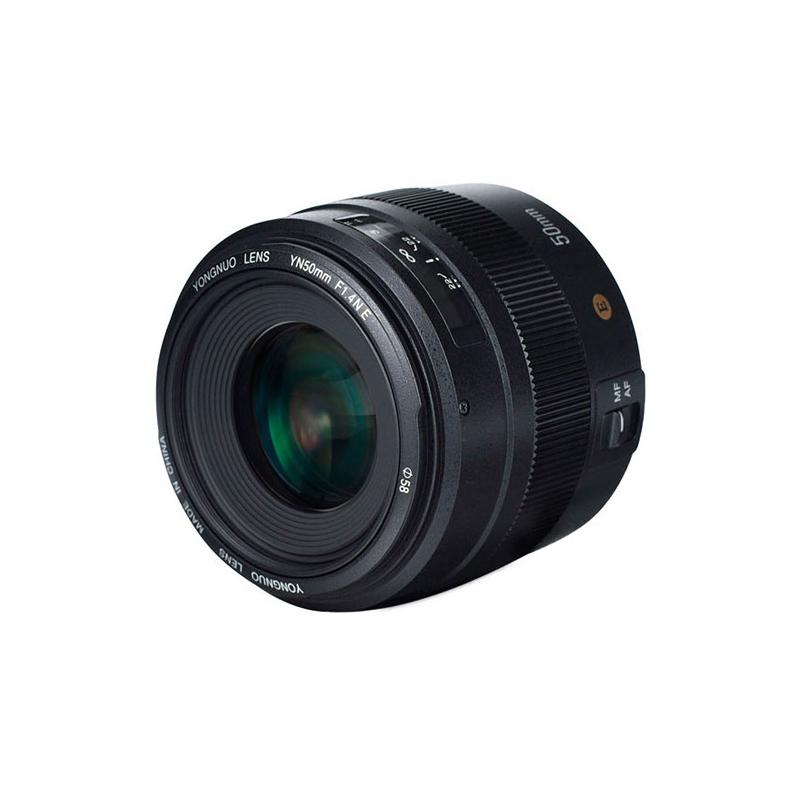






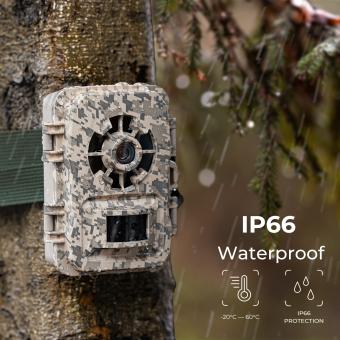






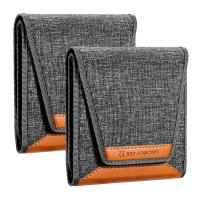
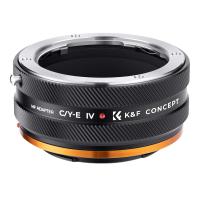

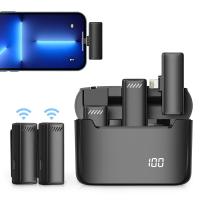



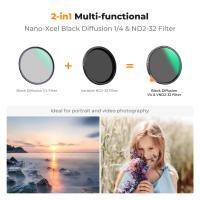
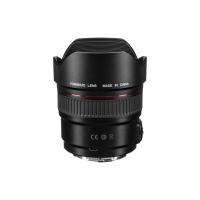
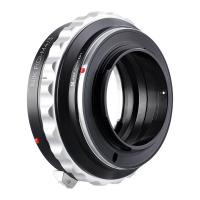

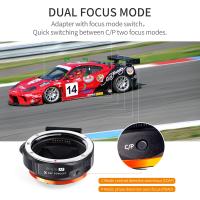
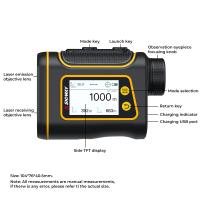
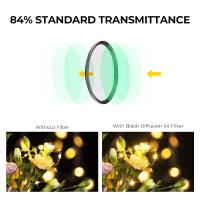

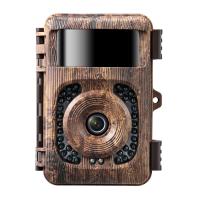
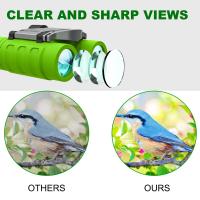
There are no comments for this blog.